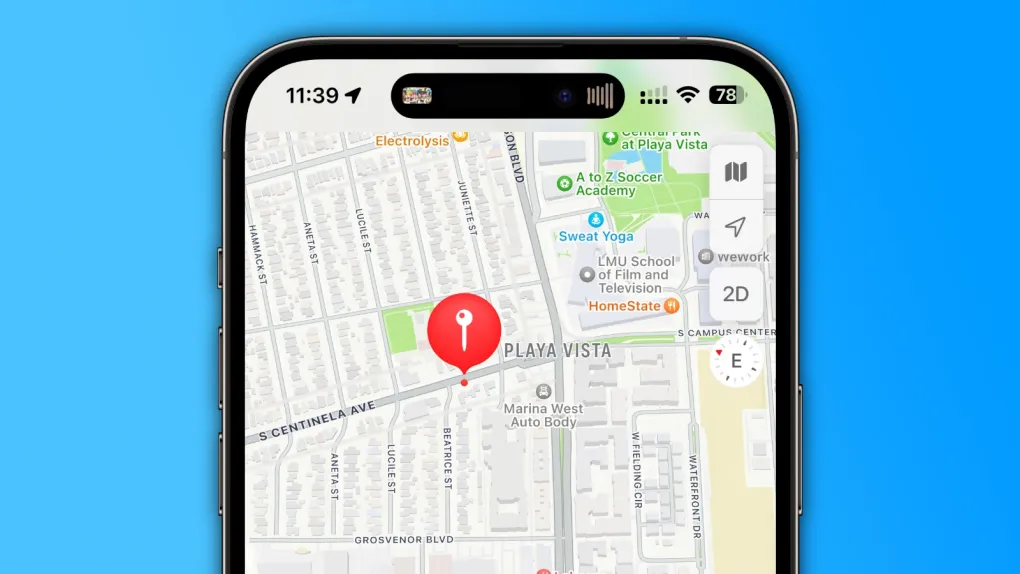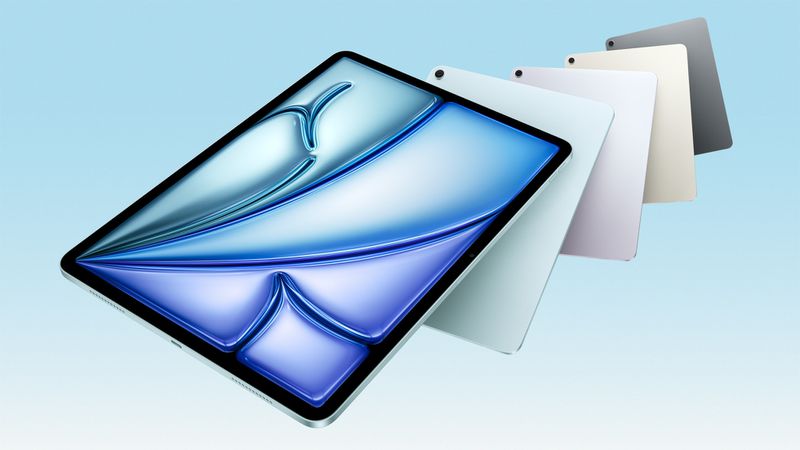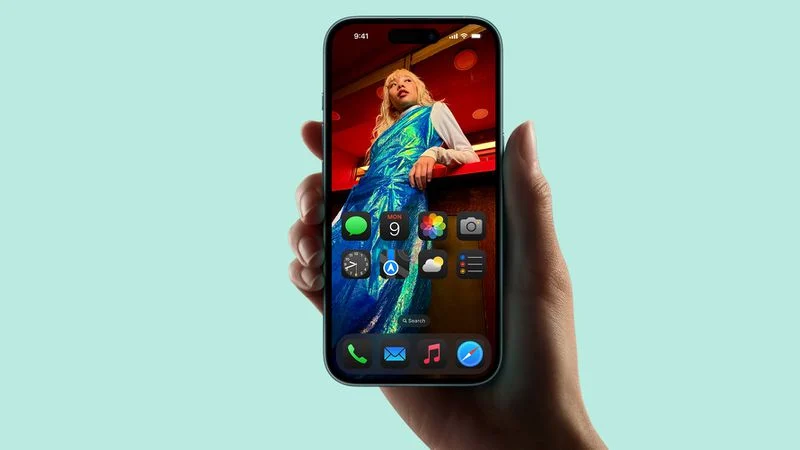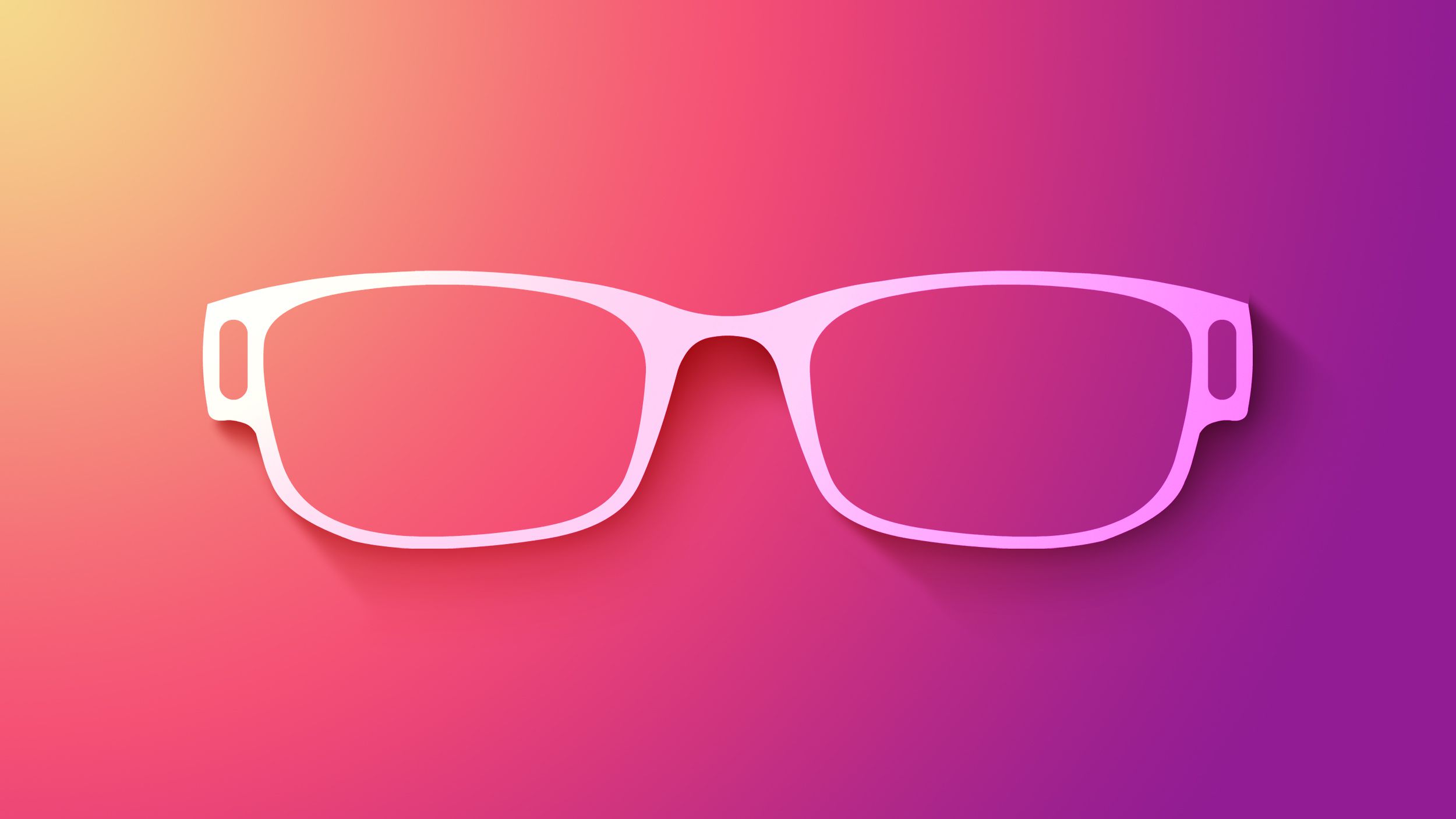Apple Maps has added a cool feature that feels like it came straight from the Notes app. Now, you can create custom guides to plan trips or save your favorite spots. These guides let you add personal notes, like tips about a great café or a scenic park, and pin them to specific locations.
It’s super easy to organize your ideas, whether you’re exploring a new city or keeping track of places you love. This makes Apple Maps more personal and helpful, turning it into a tool for both navigation and memory-keeping.
On another note, there’s a big wish for Apple to make international travel simpler with eSIMs. Right now, getting a local data plan abroad can be a hassle—think long lines or tricky apps. Imagine if your iPhone could instantly connect to a local network when you land, with Apple Maps offering cheap eSIM options right in the app.
You’d pick a plan, activate it, and stay connected without stress. This would be a game-changer for travelers, saving time and avoiding pricey roaming fees. While it’s just an idea for now, it shows how Apple could make exploring the world easier.







